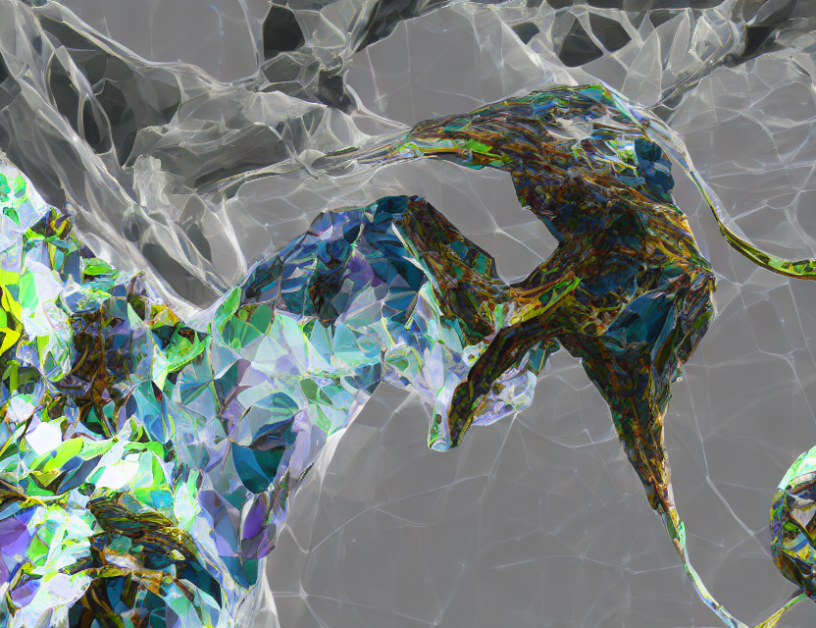In this article, we explore the use of deep features in assessing image quality, specifically in computed tomography (CT) scans. We examine the context of a research study that used pre-trained convolutional neural networks (CNNs) as feature extractors to evaluate image quality. The authors aimed to develop a metric that could accurately assess image quality based on human perception, rather than relying solely on traditional metrics such as peak signal-to-noise ratio (PSNR).
The article begins by introducing the concept of deep features and their effectiveness in image quality assessment. The authors explain that CNNs are trained to learn features from images, which can be used to evaluate image quality. They also highlight the limitations of traditional metrics, such as PSNR, which only consider pixel-level differences rather than the overall perceptual quality of an image.
To address these limitations, the authors propose a new metric called the structural similarity index (SSIM). SSIM is based on the idea that human vision is more sensitive to certain aspects of image structure, such as texture and contrast, rather than just pixel-level differences. The authors explain that SSIM measures the similarity between two images based on their luminance, contrast, and structural features.
The article then delves into the implementation details of the proposed method. The authors explain how they used pre-trained CNNs to extract features from CT scans and evaluate image quality. They also discuss the importance of using a large dataset for training the CNNs and the need for careful parameter tuning to achieve optimal results.
To further demystify complex concepts, the authors use engaging analogies to explain the concept of deep features. For example, they compare the process of learning deep features to a cooking recipe, where the CNN is like a skilled chef who can extract the essential flavors and textures from an image.
In summary, this article provides a comprehensive overview of the use of deep features in assessing image quality, particularly in CT scans. By demystifying complex concepts using everyday language and engaging analogies, the authors make the article accessible to a wide range of readers, including those without prior knowledge of image processing or machine learning.
Electrical Engineering and Systems Science, Image and Video Processing
Improving CT Image Reconstruction with Deep Learning



